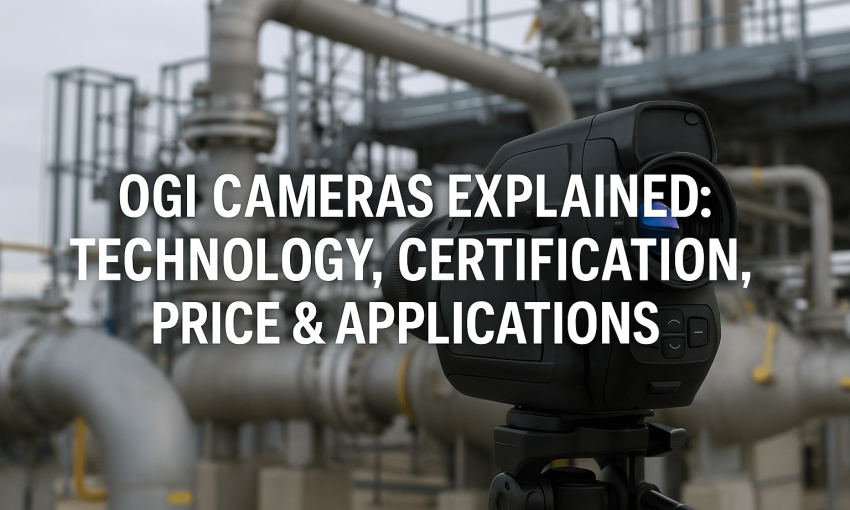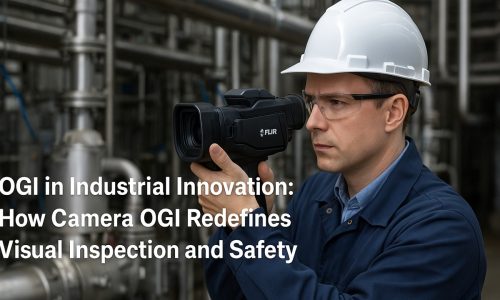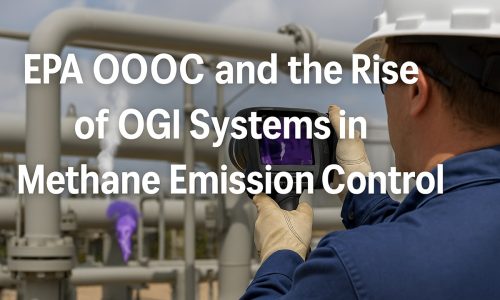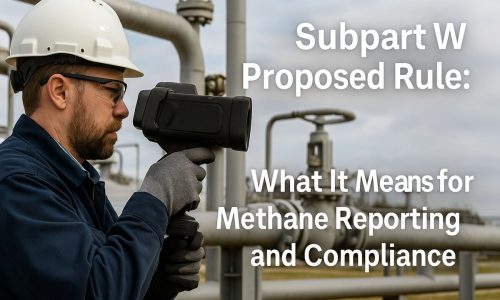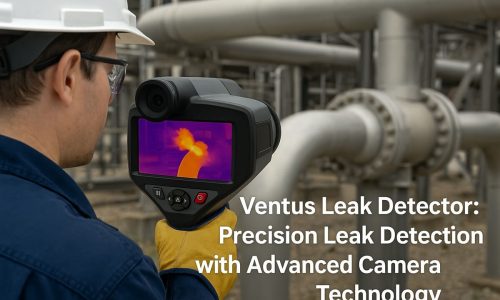Introduction: What Is an OGI Camera?
Optical Gas Imaging (OGI) has transformed how industries detect and manage gas leaks. A camera OGI makes the invisible visible by capturing emissions such as methane, VOCs, and refrigerants that cannot be detected by the naked eye. These leaks pose serious risks: worker safety, environmental damage, regulatory penalties, and millions in product losses.
Unlike traditional detectors that provide point measurements, OGI cameras deliver real-time visual confirmation of leaks across wide areas. Whether handheld, fixed, or drone-mounted, OGI cameras have become essential tools for LDAR (Leak Detection and Repair) programs, compliance with EPA rules, and corporate ESG commitments.
This article explores the science behind OGI technology, the role of OGI sensors, the importance of OGI certification, the factors driving OGI camera price, and how OGI systems integrate into modern industrial operations.
How OGI Technology Works
At the core of OGI lies infrared (IR) absorption. Every gas absorbs light at specific wavelengths. By calibrating cameras with specialized filters and detectors, OGI systems can visualize gas plumes in real time.
An OGI sensor detects changes in the infrared spectrum as gases pass between the camera and a contrasting background (sky, hot surface, or thermal difference). The camera then overlays these differences into a visible plume, allowing inspectors to locate leaks instantly.
This is not just a matter of convenience—it represents a leap in safety and efficiency. Technicians no longer need to physically enter hazardous zones with handheld probes. Instead, they can scan equipment from a safe distance, protecting themselves while improving accuracy.
Advancements in OGI technology now include high-resolution sensors, enhanced thermal contrast algorithms, and integration with AI platforms for automated anomaly detection. The result: faster inspections, reduced false positives, and greater confidence in compliance data.
Types of OGI Cameras and Systems
There is no one-size-fits-all when it comes to gas detection. OGI systems vary depending on application, coverage area, and regulatory needs.
-
Handheld OGI Cameras – Portable, flexible, and ideal for routine LDAR programs. Operators can inspect valves, tanks, and pipelines directly.
-
Fixed-Mount OGI Systems – Provide 24/7 surveillance of high-risk assets, triggering alerts when leaks occur. Perfect for compressor stations, storage tanks, or refineries.
-
Drone-Mounted OGI Cameras – Expand coverage to remote or dangerous areas such as flare stacks, offshore platforms, or long pipelines.
The combination of these OGI systems often yields the best results. Handheld for verification, fixed for constant monitoring, and drones for large-scale coverage.
OGI Certification and Compliance
Buying a camera is not enough—compliance requires certified technology. OGI certification ensures that a device meets EPA and ISO standards for sensitivity, accuracy, and repeatability.
For instance, EPA’s Method 21 and Appendix K specify performance guidelines for LDAR programs. Using uncertified devices may result in non-compliance, regulatory penalties, and reputational damage. Certification also provides assurance that inspection results can stand up to third-party audits.
Operators choosing an OGI camera should always verify OGI certification status with the manufacturer. This guarantees that the technology is not just effective, but also legally defensible.
OGI Camera Price: Cost vs. ROI
A common question among decision-makers is: What is the typical OGI camera price? The answer depends on model, sensitivity, and additional features.
Entry-level handheld units may start around $40,000–$60,000, while advanced OGI cameras with high-resolution sensors and multi-gas detection capabilities can exceed $100,000. Fixed systems and drone-mounted platforms add further investment.
However, focusing on price alone is misleading. The ROI is often rapid:
-
Product savings – Preventing leaks avoids significant revenue loss.
-
Regulatory avoidance – Avoiding fines for non-compliance pays back quickly.
-
Safety benefits – Fewer accidents reduce insurance premiums and liabilities.
-
ESG performance – Demonstrating leadership in sustainability builds investor confidence.
Ultimately, the OGI camera price must be weighed against the long-term value it delivers. For most operators, the savings from one major prevented leak justify the investment.
Future of OGI Sensors and AI Integration
The future of gas detection is not just hardware—it is smart integration. AI and machine learning are now being combined with OGI sensors to enhance detection, automate data analysis, and predict failures before they occur.
Examples include:
-
AI-assisted image recognition that highlights plumes even under poor contrast conditions.
-
Predictive maintenance models that forecast component wear based on leak data trends.
-
Automated regulatory reporting, where AI compiles EPA-compliant records from OGI systems without manual intervention.
As regulators push for continuous monitoring and transparency, these innovations will turn OGI cameras into intelligent platforms. The next decade will likely see hybrid solutions where OGI technology and AI-driven analytics operate together as an integrated compliance ecosystem.
Why OGI Cameras Are Essential for Modern Industry
Gas leaks are invisible, but their impact is undeniable. From environmental harm to safety hazards and regulatory fines, the risks of inaction are too great. OGI cameras solve this challenge by providing reliable, real-time visualization of emissions.
With OGI certification, operators can trust their results. By understanding OGI camera price, companies can plan investments strategically. And by adopting next-generation OGI systems powered by AI, industries can stay ahead of evolving EPA standards.
Simply put: adopting camera OGI solutions is no longer optional—it is an operational necessity for safety, compliance, and sustainability.

